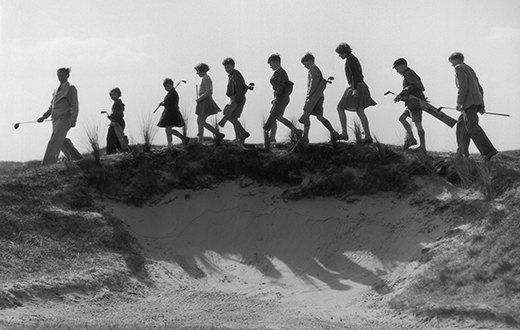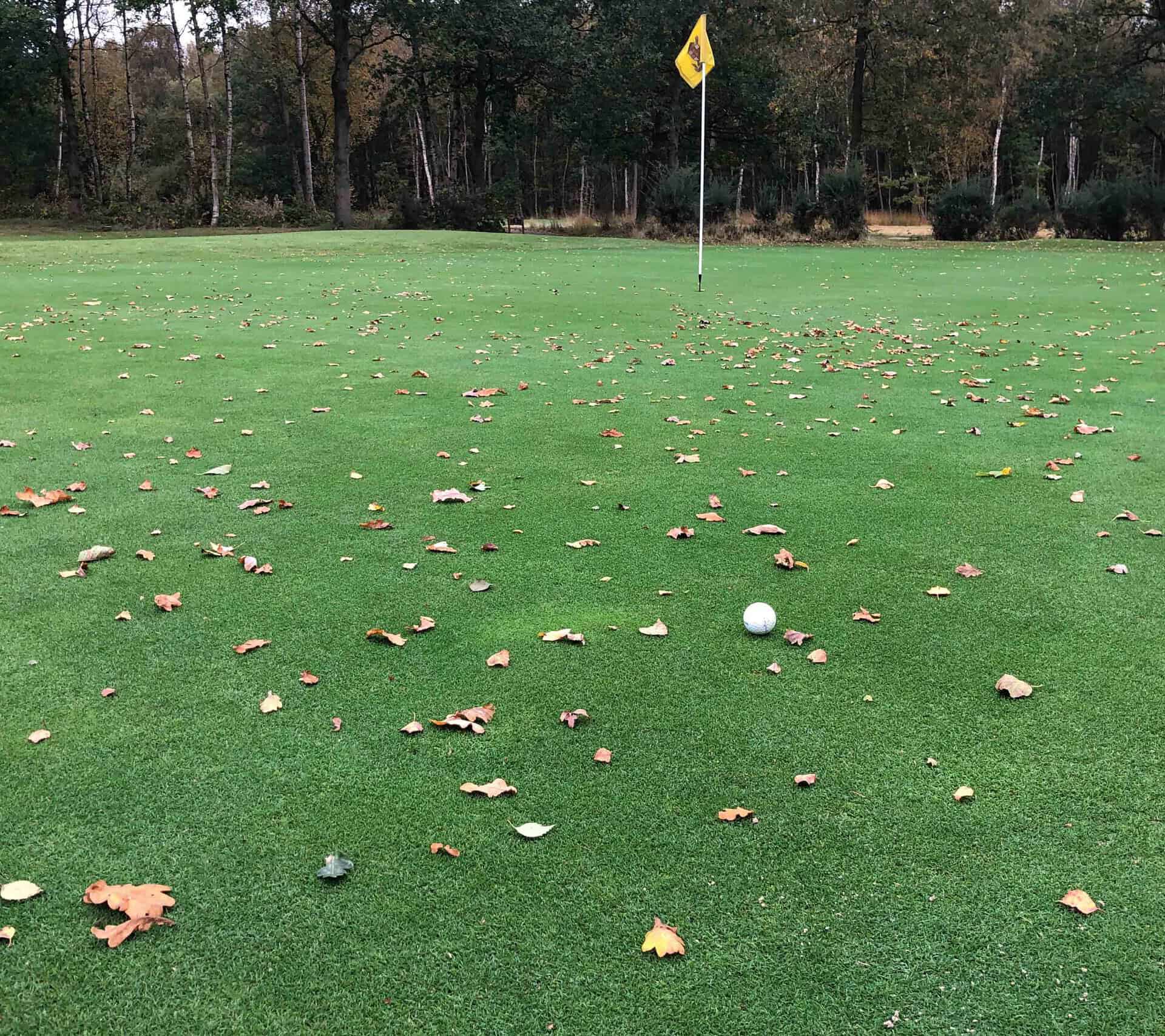
NCG’s Golf Glossary: What is a Links Course?
Don’t know your dormies from your doglegs? NCG’s Golf Glossary is here to help
Introduction
In the intricate world of golf, certain terms hold a special resonance for enthusiasts and professionals alike. One such term is “links course,” a phrase that evokes images of the sport’s historic roots and its close ties to nature. If you’ve ever wondered what a links course is, why it matters, and how it differs from other golf courses, then you’re in the right place. This article aims to decode the allure and characteristics of links courses in the beautiful game of golf.
What is a Links Course?
A links course is a specific type of golf course, originally from Scotland, that is built on sandy, windswept coastal areas. These courses are characterized by undulating fairways, minimal trees, and deep bunkers. The term “links” is derived from the Old English word “hlinc,” which means rising ground or ridge. It’s a fitting description, as a typical links course is designed to be in harmony with its natural surroundings, embracing the contours of the land and the challenges posed by the elements.
Historical Significance
Links courses are deeply rooted in the history of golf. They hark back to the game’s origins in Scotland, where the sandy dunes and windy conditions of the coastline provided the first playgrounds for golfers. Notable examples include the Old Course at St. Andrews, considered the “Home of Golf,” and other historic courses like Muirfield and Royal Troon. Playing on a links course is often considered a pilgrimage for golf enthusiasts seeking to experience the game in its purest form.
Key Features of a Links Course
Natural Elements
Links courses use the natural landscape to its fullest, incorporating sand dunes, tall grasses, and the ever-present wind into the game.
Lack of Trees
You’ll rarely find many trees on a links course, which allows for open views but also leaves you exposed to the wind.
Firm and Fast Fairways
The sandy soil provides excellent drainage, making the fairways firm and fast, which calls for a different set of strategies compared to other course types.
Deep Pot Bunkers
One of the signature features of a links course are the deep pot bunkers that present both a physical and mental challenge for golfers.
FAQ
Is a links course suitable for beginners?
While the challenging conditions can be tough, a links course offers a unique and traditional golfing experience that can be enjoyable for players of all skill levels.
Are links courses only found in Scotland?
Though they originated in Scotland, links courses can now be found worldwide, often in coastal regions that offer similar sandy and windy conditions.
How do I prepare for playing on a links course?
Because of the wind and terrain, consider a lower ball flight and club selections that allow for roll. Also, practicing bunker shots can be incredibly beneficial.
Conclusion
The term “links course” holds a special place in the heart of the golfing community. As a nod to the sport’s historical roots and as a unique challenge in the modern game, links courses offer a fascinating blend of tradition and skill. Whether you’re a casual golfer or a seasoned professional, playing on a links course offers a rich, textured experience that connects you to the essence of the sport. This understanding enriches not only your golf vocabulary but also deepens your appreciation for the complexities and heritage that make golf a timeless and ever-evolving game.
Click here to return to NCG’s Golf Glossary










